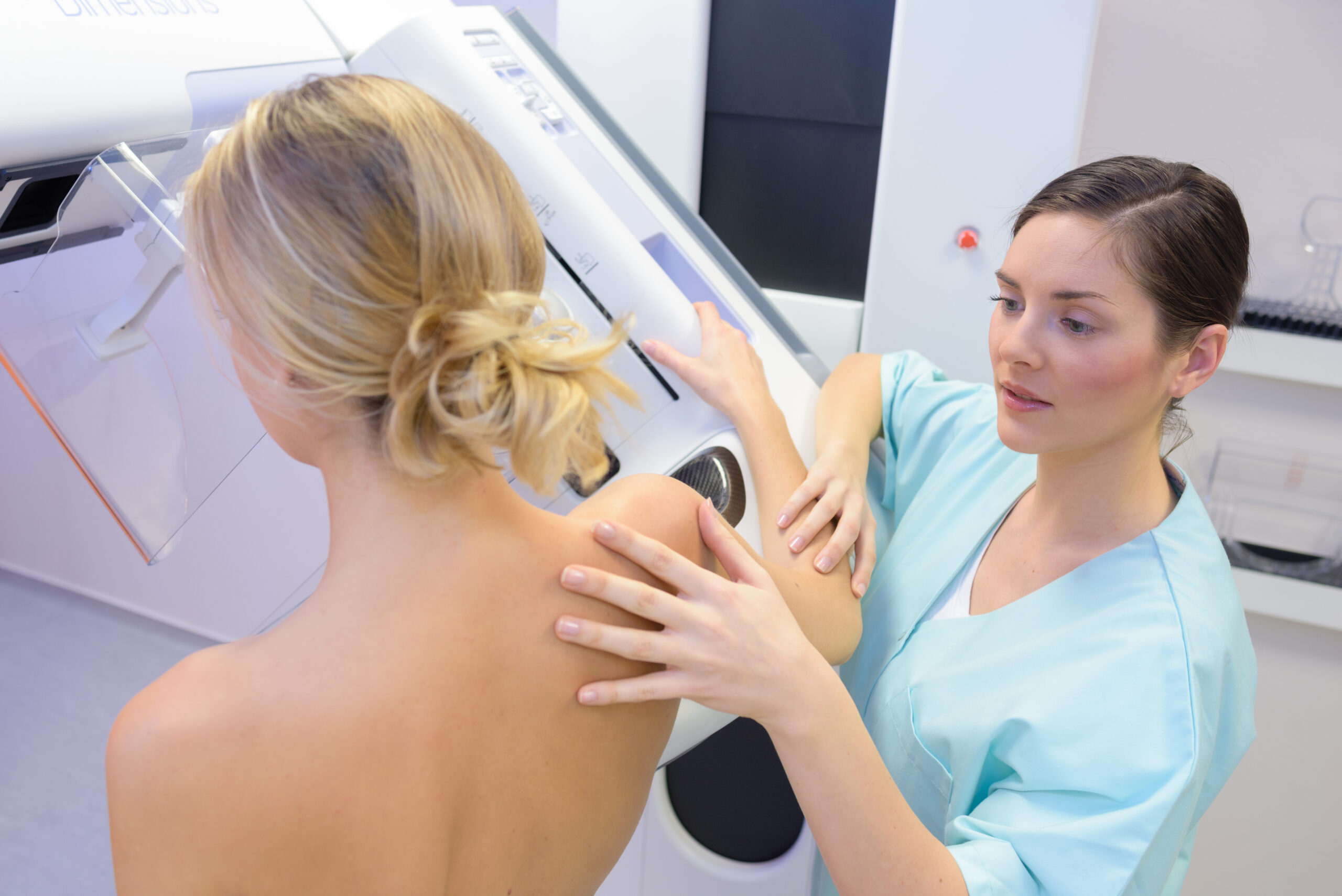Breast Cancer Screening Options

What Every Woman Should Know
October marks Breast Cancer Awareness Month, a time to shed light on the importance of early detection. Regular screenings can help catch breast cancer early, significantly improving treatment outcomes. Cheyenne OBGYN is committed to empowering women with knowledge, so let’s explore the different breast cancer screening options available today.
Why Are Breast Cancer Screenings Important?
Breast cancer is one of the most common cancers affecting women, but early detection can make a world of difference. When detected early, breast cancer is easier to treat, and survival rates are much higher. Regular screenings can help catch abnormalities before they develop into more advanced stages.
1. Mammography: The Gold Standard
What It Is: A mammogram is an X-ray of the breast and is considered the most effective screening tool for breast cancer. It can detect lumps or abnormalities that are too small to be felt during a physical exam.
When to Start: The American Cancer Society recommends women with an average risk begin annual mammograms at age 45, with the option to start as early as 40. Women aged 55 and older can switch to mammograms every two years or continue yearly screenings.
Why It’s Important: Mammograms can detect cancer up to two years before it can be felt, making it a critical tool in early detection.
2. 3D Mammography (Tomosynthesis)
What It Is: This advanced form of mammography takes multiple images of the breast from different angles, creating a three-dimensional picture. It’s especially helpful for women with dense breast tissue.
Benefits: 3D mammography provides clearer images, improving the accuracy of detection and reducing the likelihood of false positives.
3. Breast Ultrasound
What It Is: Breast ultrasound uses sound waves to create images of the breast tissue. It’s often used as a supplementary tool alongside mammography, especially for women with dense breasts.
Who Should Consider It: Women with dense breast tissue or those at higher risk may benefit from combining ultrasound with mammography to increase the likelihood of detecting any abnormalities.
Advantages: Ultrasound is a radiation-free option and is helpful in distinguishing between fluid-filled cysts and solid masses.
4. Magnetic Resonance Imaging (MRI)
What It Is: Breast MRI uses powerful magnets and radio waves to create detailed images of the breast. It’s a more sensitive screening tool than mammography and is usually used for high-risk women.
Who Should Consider It: Women with a strong family history of breast cancer, those with genetic mutations (such as BRCA1 or BRCA2), or those who have had radiation therapy to the chest before age 30 may benefit from MRI screenings.
How It Helps: MRI can detect cancers that mammograms might miss, particularly in dense breast tissue. However, it’s often used in conjunction with mammography, not as a replacement.
5. Clinical Breast Exam and Breast Self-Exam
Clinical Breast Exam: A healthcare provider checks for lumps or other changes in the breast. These exams are typically part of an annual gynecological visit.
Breast Self-Exam: While no longer formally recommended as a standalone screening method, it’s still essential for women to be familiar with how their breasts normally look and feel. If you notice any changes, such as lumps, pain, or skin changes, consult your healthcare provider promptly.
Choosing the Right Screening Option for You
The right screening option depends on several factors, including your age, family history, breast density, and overall risk level. Here’s a general guideline:
- Average Risk: Women aged 40–44 may choose to start annual mammograms. At 45–54, annual mammograms are recommended. Women 55+ can switch to mammograms every two years or continue yearly.
- High Risk: Women with a strong family history, genetic mutations, or previous chest radiation should consult their healthcare provider about starting screenings earlier, using more advanced tools like MRI in conjunction with mammography.
Breast Cancer Screening at Cheyenne OBGYN
At Cheyenne OBGYN, we’re dedicated to providing comprehensive breast health services. Our team is here to guide you through your screening options and help you develop a personalized plan based on your risk factors. Regular screenings are the best way to protect yourself, and we encourage every woman to take charge of her breast health.
Breast cancer screening is a crucial part of maintaining your health. By staying informed about the different screening options and working with your healthcare provider to determine the best plan, you can take proactive steps toward early detection and better outcomes.
